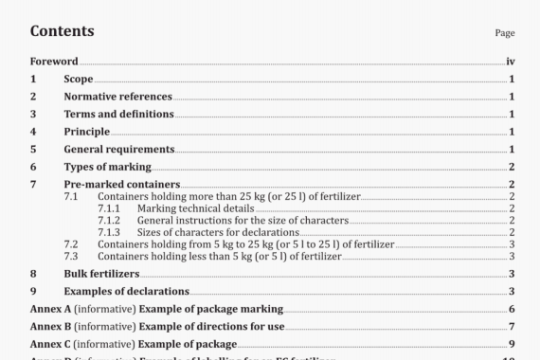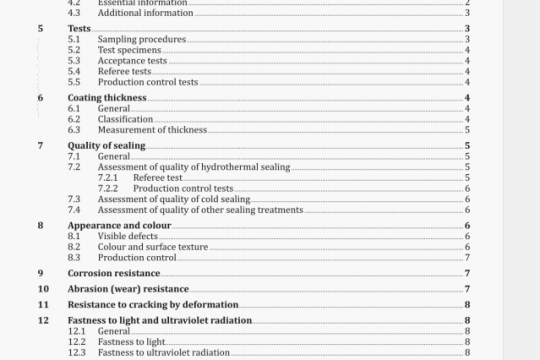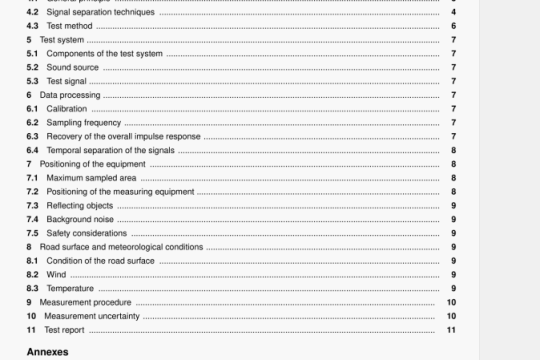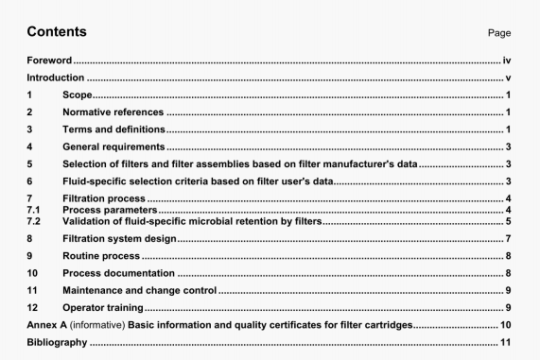ISO 2382-7:2000 pdf download
ISO 2382-7:2000 pdf download.lnformation technology -Vocabulary —Part 7: Computer programming.
07.01.34
specification language
A problem-oriented language, often a computer-processible combination of natural language and artificial language, used for expressing the requirements, design, behavior, or other characteristics of a system or a component and that provides special language constructs and, sometimes,
verification * protocols used to develop, analyze, and
document the specified entities.
07.01.35
requirement specification language
A specification language with special language constructs and, sometimes, verification * protocols, used to develop, analyze, and document hardware requirements or software requirements, or both.
07.01.36
design language
A specification language with special language constructs and, sometimes, verification * protocols, used to develop, analyze, and document the design of hardware or software.
07.01.37
hardware design language HDL (abbreviation)
A design language with special language constructs and, sometimes, verification * protocols, used to develop, analyze, and document a hardware design.
07.01.38
program design language
A design language with special language constructs and
verification * protocols, used to develop, analyze, and
document the design of a program.
07.01.39
pseudocode
A combination of language constructs from a programming language with those of natural language that is not necessarily computer-processible, but intended to make the design of a program manifest to human readers.
Example:
IF the data arrive faster than expected,
THEN reject every third input.
ELSE process all data received.
07.01.40
compiler specification language
A specification language used to develop compilers.
07.01.41
test language
A problem-oriented language that provides the means for testing components of hardware or software.
Examples: ATLAS, ATOLL, DETOL, DMAD.
07.02 Methods, techniques, and program structure
07.02.01
structured programming (1)
A method for constructing programs using only
hierarchically arranged constructs each having a single entry point and a single exit point.
NOTE – Three kinds of control flow are used in structured
programming: sequential, conditional, and iterative.
07.02.02
structured programming (2)
Any software development technique that includes structured design and that results in the development of structured programs.
07.02.03
structured program
A program constructed according to the principles of structured programming (1).
07.02.04
structured design
Any disciplined approach to software design that adheres to specified rules based on principles such as modularity, top- down design, and stepwise refinement of data, of system structures, and of processing steps.
07.02.05
stepwise refinement
A software development technique in which processing steps and data are defined broadly at first, then further defined with increasing detail.
07.02.06
to nest
To incorporate one or more structures of one kind into a structure of the same kind.
Examples: To nest one loop (the nested or inner loop) within another loop (the nesting or outer loop); to nest one subprogram within another subprogram.
07.02.07
functional programming
A method for structuring programs mainly as sequences of possibly nested * function calls.
07.02.08
modular programming
A software development technique in which software is developed as a collection of modules.
07.02.09
logic programming
A method for structuring programs as sets of logical rules with predefined algorithms for the processing of input data to a program according to the rules of that program.
07.02.10
jump
A departure from the sequential execution of instructions or statements.
NOTE – A jump is caused by an appropriate instruction or statement, in contrast to asynchronous interruption or interruption due to an exception where control is transferred to an exception handler.
07.02.11
to jump
To depart from the implicit or declared order in which instructions or statements are being executed.
07.02.12
indicator
A device or a variable that can be set to a prescribed state based on the results of a process or the occurrence of a specified condition.
Examples: A flag, a semaphore.
07.02.13
flag
A variable indicating the status of a certain condition.
07.02.14
switch
A choice of one jump from a selection of jumps, controlled by a flag.
07.02.15
working space work space working area work area
A portion of a storage device used by a program to hold data temporarily.
07.02.16
mutual exclusion
A principle requiring that, at a given time, only one asynchronous procedure may access the same shared variable or execute members of a group of critical sections.
07.02.17
synchronization
The action of maintaining common timing and coordination of the execution of two or more asynchronous procedures.
07.02.18
hashing
hash addressing
A method of transforming a search key into an address for the purpose of storing and retrieving data.
NOTE – The method is often designed to minimize the search time.
07.02.19
hash function (in hashing)
A function used to determine the position of a given item in
a set of items.
NOTE – The hash function operates on a selected field, the key, in each item and is used to map the set of keys to a usually much smaller set of storage positions; therefore this mapping is usually a many-to-one mapping.
07.02.20
hash value
The number generated by a hash function to indicate the position of a given item in a storage device.
07.02.21
collision (in hashing) hash clash
The occurrence of the same hash value for two or more different keys.




